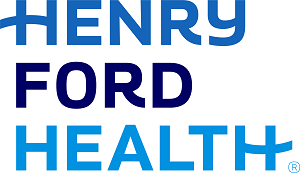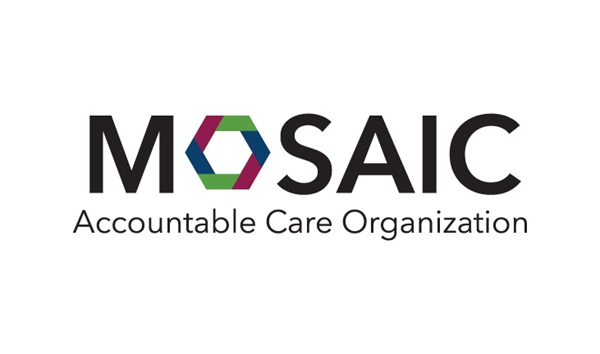Patient Greets His Bride at the Altar One Day After Live-saving Heart Procedure
On August 31, 2013, 31-year-old groom Nicholas Nomura was on his way to the golf course for a pre-wedding celebration with friends. He jumped in the car and headed toward his friend’s house when he felt like he had heartburn, so he stopped to pick up antacid, but his chest pain only grew more severe.
Nomura knew something was not right.
By the time Nomura arrived at his friend’s house, he was drenched in sweat. He got out of the car; his friend’s mother saw him and immediately told him, “We’re going to the hospital.”
When she saw Nomura’s face turn gray, she knew he was having a heart attack.
After arriving at the emergency department, Nomura was quickly seen by cardiologist Abdulwahhab Alroaini, M.D., and his team. After they gave Nomura an electrocardiogram (EKG), they learned that the left anterior descending (LAD) artery in his heart was more than 95 percent blocked. The doctors prepared to insert a stent to allow blood flow to his heart.
As Nomura’s bride-to-be and her family started arriving at Henry Ford Wyandotte Hospital, Dr. Alroaini learned that the couple had planned to marry the next day and were preparing to cancel the wedding. The family was extremely upset because in addition to the groom’s serious condition, they were anticipating more than 200 attendees at the ceremony and reception who would have to be sent home.
Dr. Alroaini suggested waiting until the procedure was completed before they called off the event.
“Don’t cancel anything. You have to get married tomorrow,” Dr. Alroaini reassured them.
He inserted the stent within 65 minutes, and then performed an echo test and discovered that Nomura’s blockage was cleared. Typically, a patient with this condition would need to stay at the hospital for at least two days, but Dr. Alroaini discussed what symptoms to look out for, provided his personal cellphone number for any emergencies, and sent Nomura to the altar.
Nomura is now feeling good again and is back to work. His bride is certainly happy with the outcome.
“She was relieved and thankful. Now she makes sure I’m extra healthy,” said Nomura.
“We take care of our patients, but this is a great example of how we take care of more people beyond that individual,” said Jay Pockyarath, director of cardiovascular and imaging.
“Looking back on the sequence of events, I know it sounds crazy, but it’s like it was meant to happen the way it did,” said Nomura. “Everything worked out perfectly.”
.svg?iar=0&hash=F6049510E33E4E6D8196C26CCC0A64A4)

/hfh-logo-main--white.svg?iar=0&hash=ED491CBFADFB7670FAE94559C98D7798)





